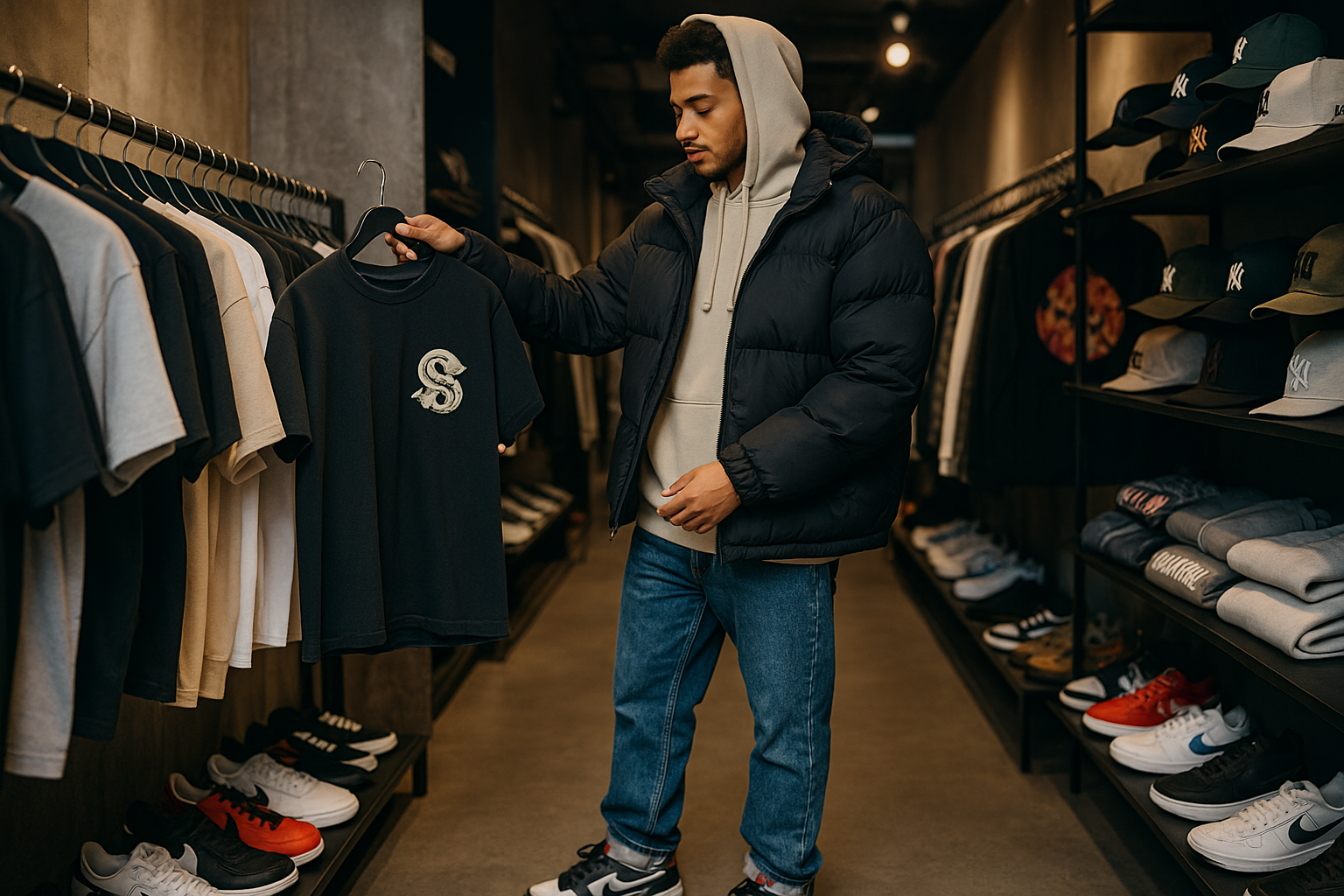Golf Clothes: Practical Guide to Fabrics, Fit, and Protection
Choosing the right golf clothes affects comfort, performance, and protection during play. Golf apparel balances formality and function: garments must allow a full swing, manage moisture, and provide sun protection while meeting course dress codes. Whether you play casually or practice regularly, understanding fabrics, fit, and small design details helps you pick shirts, shoes, and layers that work for different conditions and types of exercise on the course.

Shirts: fabrics and fit for golf
A golf shirt should combine a tailored fit with freedom of movement. Look for fabrics with stretch—blended polyester, elastane, or technical cotton blends—that move with your shoulders and torso during a swing. Moisture-wicking materials help manage sweat on hot days, while mesh panels and ventilation zones increase airflow. Collared styles remain common for many courses, but the collar should sit comfortably without restricting the neck. Layering thin long-sleeve or sun shirts beneath a polo can add protection without bulk.
Shoes: traction, comfort, and turf considerations
Golf shoes need to offer traction, stability, and comfort for rounds that can last several hours. Spiked or spikeless designs both serve turf needs: replaceable soft spikes give secure grip in wet conditions, while spikeless soles are versatile for walking and clubhouse use. Prioritize breathable uppers and waterproof membranes if you play in dewy or rainy conditions. Fit is critical—shoes that are too tight can affect balance and swing rhythm, while too loose a fit increases fatigue and the risk of blisters.
Sport: dress code, mobility, and course etiquette
Golf combines athletic requirements with etiquette-driven dress codes at many courses. Sport-appropriate clothing often means collared shirts, tailored trousers or shorts of modest length, and covered shoes. Functional design elements—gussets at the shoulders, articulated knees, and strategic seams—improve mobility without compromising a neat appearance. Pockets that sit flat and secure closures minimize interference with clubs. When selecting clothing, consider the courses you play and choose pieces that meet local services’ dress policies while supporting full, unrestricted movement.
Sunlight: protection, color, and fabric choices
Protection from sunlight is a practical part of golf clothing. Fabrics rated with UPF (ultraviolet protection factor) reduce UV transmission; lightweight long sleeves and neck coverings extend protection without overheating. Lighter colors reflect sunlight and may feel cooler in intense sun, while darker shades can be preferable in cooler conditions. Hats with wide brims or visors shield the face and eyes, and polarized sunglasses reduce glare. Breathable, quick-drying materials help maintain comfort when exposure to sunlight raises body temperature.
Exercise: warm-ups, practice clothing, and recovery layers
Warm-up routines and practice sessions call for slightly different clothing choices than competitive rounds. During exercise, prioritize layers that you can shed as your body warms—lightweight pullovers or zip-up jackets over breathable shirts. Clothing with four-way stretch supports dynamic movements used in drills and conditioning exercises. After play, compressive or insulating layers can aid recovery by maintaining circulation and warmth. Avoid restrictive garments during stretching or exercises that require deep rotation or lateral movement.
Conclusion
Selecting golf clothes is about matching fabric technology, fit, and protective features to how and where you play. Shirts that wick and stretch, shoes that provide grip and comfort, attention to sport-appropriate design, sunlight protection, and adaptable exercise layers all contribute to better on-course experience. Focus on garments that support full range of motion, manage moisture, and comply with course expectations to create a comfortable and functional golf wardrobe.






